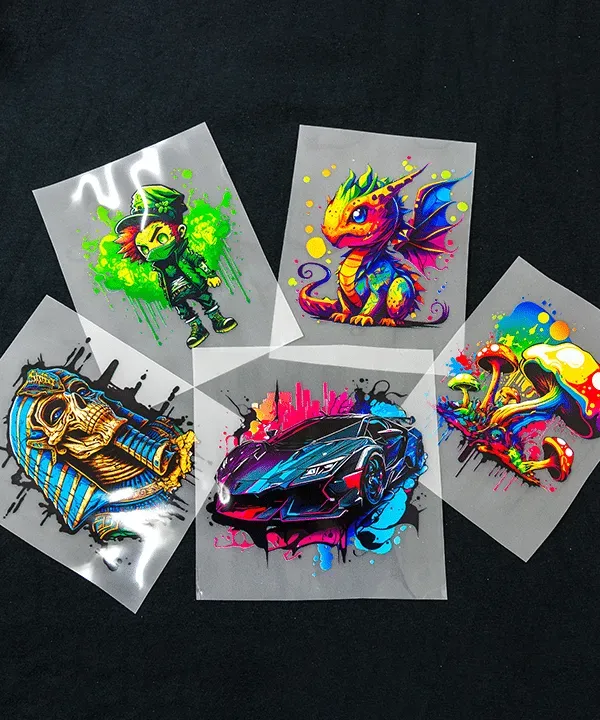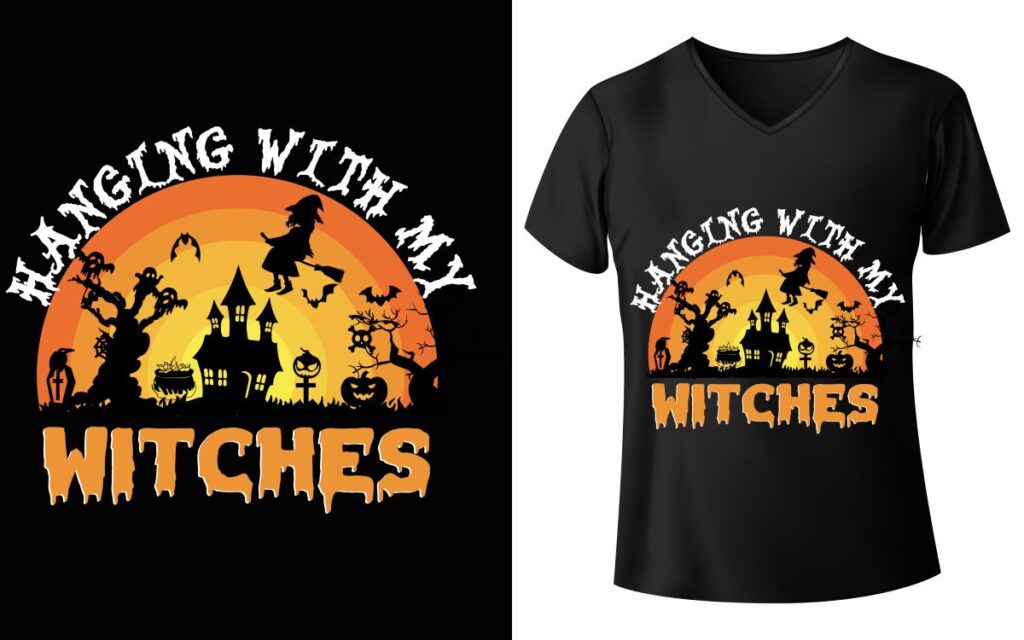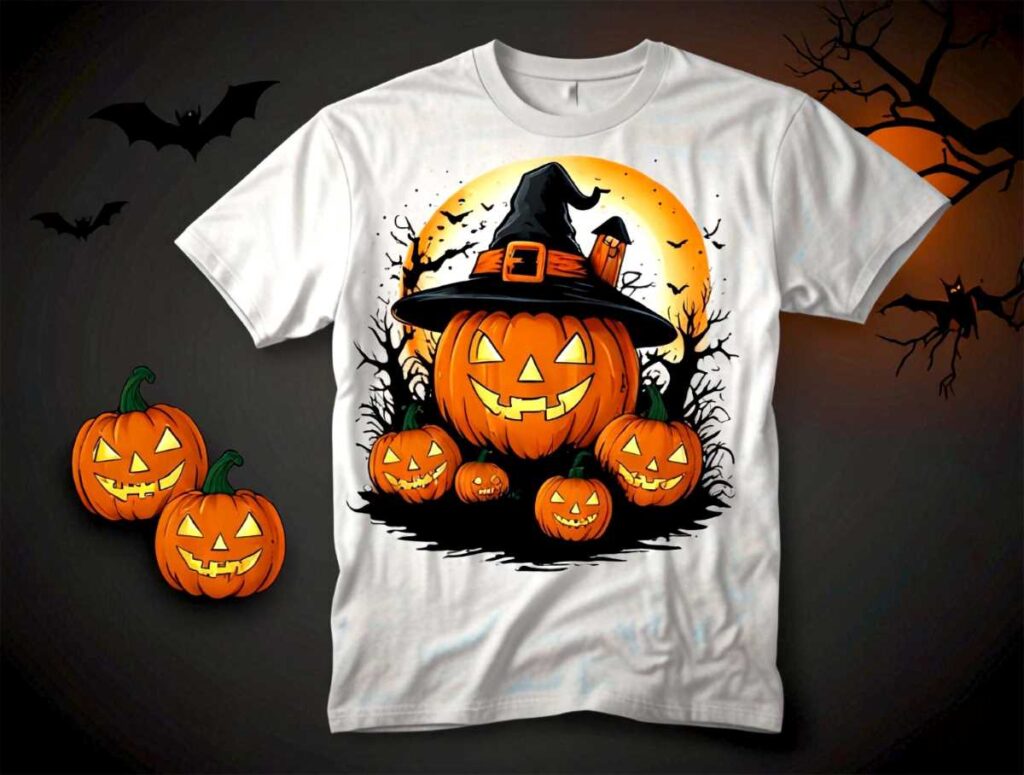When it comes to ensuring the success of your custom printing projects, understanding the best DTF transfers is essential. Direct to Film (DTF) printing has revolutionized the way businesses create and personalize apparel, delivering stunningly vibrant and durable results. The quality of the DTF transfers you select can significantly impact the final product, making it crucial to choose options that meet your specific needs. From evaluating DTF transfer quality to exploring custom printing supplies, this guide will navigate you through the intricacies of buying DTF transfers. By the time you’ve finished reading, you’ll be equipped with the knowledge necessary to make informed decisions that enhance your business offerings.
As the landscape of custom apparel production evolves, mastering the nuances of DTF printing becomes increasingly important. DTF transfers, also known as Direct to Film transfers, represent a state-of-the-art method for applying vibrant designs onto various fabrics. This process not only allows for outstanding color and detail but also ensures longevity in the prints, making it ideal for businesses seeking to create unique merchandise. Understanding the specifications involved in selecting quality transfers and reliable printing supplies can greatly improve the application process and overall results. By delving into the world of DTF applications, you’ll find effective solutions tailored to your creative and business ambitions.
The Advantages of DTF Printing for Custom Apparel
Direct to Film (DTF) printing has revolutionized the world of custom apparel. This innovative process allows businesses to create vibrant, high-quality prints on a variety of fabrics, from cotton to polyester blends. One of the most significant advantages of DTF printing is its ability to produce rich colors and intricate designs that can stand out in a competitive market. Unlike traditional methods, DTF printing doesn’t require complex setups or specialized equipment, which means that businesses can start creating stunning apparel with less hassle.
Moreover, DTF transfers offer extraordinary durability. The inks used in DTF printing are designed to adhere firmly to the fabric, ensuring that the designs remain intact even after multiple washes. This durability factor is key for businesses looking to offer quality merchandise, as it directly influences customer satisfaction and repeat sales. With DTF printing, your custom apparel will not only look great upon delivery but will also maintain its high-quality appearance over time.
Assessing Transfer Quality When Choosing DTF Transfers
When selecting DTF transfers, assessing the transfer quality is crucial for achieving excellent final products. High-quality DTF transfers should deliver vivid colors and withstand the test of time, ensuring a premium experience for consumers. Key indicators of transfer quality include the vibrancy of the colors, the crispness of the design, and the resilience of the print after multiple laundering. Investing in high-quality DTF transfers is essential for maintaining brand reputation and ensuring customer satisfaction.
Furthermore, to guarantee the best results, conducting thorough research on transfer suppliers is advisable. Look for manufacturers that have solid reviews and offer clear information on their transfer technologies. Quality in DTF transfers is often reflected in the details, such as the material’s ability to stretch without cracking and the thoroughness of the print. A reliable DTF transfer can make a significant difference in the durability and aesthetic appeal of your final product.
Choosing the Right DTF Transfers for Different Fabrics
The fabric type with which you intend to work can significantly influence your choice of DTF transfers. Cotton, for instance, often yields impressive results due to its natural fibers that readily absorb the DTF inks, resulting in sharp and vibrant prints. On the other hand, synthetic fabrics like polyester may require special considerations, such as specific transfer films or meticulous curing processes to ensure maximum adherence and vibrancy. Understanding the compatibility between your fabric types and DTF transfer options is essential for achieving the best possible outcomes.
Additionally, various innovative DTF transfer options are designed specifically for different material compositions. Fabrics such as blends may react unpredictably if the wrong transfer is applied. Therefore, a deeper understanding of fabric characteristics and how they interact with DTF transfers can save time and resources. It’s beneficial to consult material data sheets from suppliers to ensure that you’re using the right combination of DTF transfers and fabrics to meet your business’s custom printing needs.
The Cost-Effectiveness of Quality DTF Transfers
When weighing options for DTF transfers, cost-effectiveness should be a primary consideration. While it might be tempting to opt for the lowest-priced transfers, the long-term value often lies in investing in higher quality options. Cheap DTF transfers may lead to poor adhesion, fading, or peeling, resulting in increased waste and a need for reprints. By investing wisely in quality DTF transfers, businesses can save money over time by ensuring their products last longer and meet customer expectations.
Moreover, examining the cost per print can provide valuable insights into the overall investment. While a higher upfront cost for top-tier DTF transfers may seem daunting, calculating potential savings from reduced waste and customer reprints can illuminate the true cost-effectiveness of quality transfers. Balancing initial investment against potential long-term gains is crucial for running a successful custom printing business.
Understanding the Application Process for DTF Transfers
A thorough understanding of the DTF transfer application process is essential for achieving optimal results. Each transfer may have unique instructions regarding heat and pressure settings, making proper application paramount for success. Each fabric can respond differently; thus, familiarizing oneself with settings and techniques will fortify print longevity and quality. Mastering the application process can significantly enhance your prints’ durability and visual appeal, making it an important aspect of your custom printing journey.
Additionally, conducting tests before applying transfers on final products can help iron out any potential issues. By practicing with various materials and transfer films, one can quickly gauge what works best and under what settings. This proactive approach to understanding and executing the DTF application process will empower businesses to ensure that every piece of custom apparel meets high standards of quality and craftsmanship.
Finding the Best DTF Transfers Suppliers
Selecting the right suppliers for DTF transfers can dramatically affect the quality and efficiency of your custom printing process. It is important to do thorough research on potential suppliers by checking their credentials, history in the market, and the testimonials of other customers. A reputable supplier will not only provide high-quality products but also potentially offer customer support, technical advice, and specialized knowledge about DTF printing. This can be incredibly beneficial, especially for businesses new to the world of DTF printing.
Moreover, purchasing from trusted suppliers can alleviate common concerns regarding the reliability of DTF transfers, ensuring consistent quality that adheres to fabric requirements. When you buy from recognized manufacturers that prioritize quality control and customer service, you can make informed decisions about your materials without unnecessary trial and error. Building relationships with reliable suppliers not only enhances your business’s product offering but also ensures a smoother production process.
Frequently Asked Questions
What are the best DTF transfers for custom printing supplies?
The best DTF transfers for custom printing supplies are those that offer high color vibrancy and durability. Look for suppliers that provide DTF transfer films compatible with your fabric types, ensuring they perform well on cotton, polyester, and blends. High-quality transfers can withstand multiple wash cycles, making them perfect for long-lasting custom apparel.
How can I evaluate DTF transfer quality for my business?
To evaluate DTF transfer quality for your business, consider factors like color vibrancy and adhesion strength. Ensure the transfers maintain their integrity through several wash cycles without fading or peeling. Request samples from suppliers to conduct tests on your specific fabrics, helping you make informed decisions about quality before committing to bulk purchases.
What should I check before buying DTF transfers for my printing business?
Before buying DTF transfers for your printing business, check for printer compatibility, adhesive properties, and supplier reputation. Compatibility with your printer ensures proper performance, while good adhesive properties guarantee designs will stay intact on various fabrics. Research reviews to find reputable suppliers known for their quality and customer service.
Why is understanding the application process important for DTF transfers?
Understanding the application process is crucial for DTF transfers because different films require specific heat and pressure settings for optimal adhesion. Familiarity with these parameters ensures that you achieve the best results, preventing issues like poor adhesion or design defects that could affect customer satisfaction.
What are the advantages of using DTF printing for custom merchandise?
DTF printing offers several advantages for custom merchandise, including vibrant colors, durability, and versatility across various fabric types. It allows for intricate designs and high-quality results without the need for extensive pre-treatment, making it an excellent choice for businesses looking to produce custom apparel efficiently.
Where can I find the best DTF transfers for business use?
You can find the best DTF transfers for business use by researching reputable suppliers online that specialize in custom printing supplies. Look for companies with positive customer reviews, offer high-quality transfer films, and provide samples for evaluation. Online marketplaces and dedicated printing forums may also provide good recommendations.
| Key Factors | Description |
|---|---|
| Assess Your Material Needs | Evaluate the types of fabrics to ensure compatibility with DTF transfers. |
| Evaluate Transfer Quality | Choose high-quality transfers that maintain vibrancy and durability after multiple washes. |
| Check Printer Compatibility | Ensure the transfer film is compatible with your printer to avoid issues. |
| Adhesive Properties | Select DTF films with strong adhesives for better fabric bonding. |
| Cost-Effectiveness | Consider long-term costs and quality rather than just the initial price. |
| Application Process Knowledge | Familiarize with the application settings required for each film. |
| Check Supplier Reputation | Buy from reliable suppliers to ensure product quality and service. |
| Request Samples | Test transfers before bulk ordering to avoid costly mistakes. |
Summary
The best DTF transfers can significantly enhance your business’s custom apparel and merchandise offerings. When selecting DTF transfers, it’s important to consider factors such as fabric compatibility, transfer quality, printer compatibility, and the reputation of your suppliers. By following these guidelines, you ensure that your prints are not only visually appealing but also long-lasting, ultimately satisfying your customers’ needs. Choose the right DTF transfers and take your printing capabilities to the next level!



